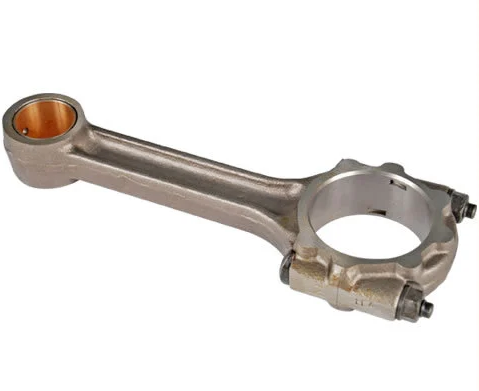Creating a connecting rod balancer at home is an empowering skill for motor enthusiasts and mechanics alike. A well-balanced connecting rod contributes to a smoother and more efficient engine operation. This guide will navigate the steps of making a connecting rod balancer, important considerations during the process, and the significance of a balanced connecting rod in engine performance.
Understanding Connecting Rod Balance
The balance of a connecting rod refers to the even distribution of its weight, which helps minimize vibration and wear in the engine. An imbalanced rod can cause significant damage over time, leading to costly repairs and decreased engine efficiency. It’s for these reasons that connecting rod balancing is a crucial step in engine assembly and maintenance.
Materials Needed for a Connecting Rod Balancer
Building a connecting rod balancer requires some basic materials and tools, including a digital scale accurate to a tenth of a gram, a file, and a bench grinder. Additionally, two stands with equal height are necessary for the balancing process, serving as support for the connecting rod.
Constructing a Connecting Rod Balancer
Creating a connecting rod balancer involves setting up two stands at a distance slightly less than the length of the connecting rod. Then, the connecting rod is placed on top of the stands. The more balanced the rod, the more evenly it will rest on the stands. If one side dips lower, that indicates a heavier side, which needs to be corrected for achieving balance.

Achieving Rod Balance
To balance the connecting rod, material needs to be removed from the heavier end. This is done by carefully filing or grinding the end. After each material removal session, the rod should be cleaned and then re-measured on the balancer setup to check its balance.
The Impact of a Well-Balanced Connecting Rod
A balanced connecting rod ensures that forces in the engine are distributed evenly. This reduces vibration, decreases wear on engine parts, and can even improve fuel efficiency. Thus, knowing how to make a connecting rod balancer and balance your engine’s rods is an essential skill for maintaining an efficient and long-lasting engine.
Emphasizing Safety and Precision
Creating your own connecting rod balancer is a rewarding task. However, remember to always prioritize safety and accuracy when working with tools and handling engine components. It’s vital to take your time during the balancing process, as rushing can lead to imprecision and potential damage to the rod.
Being able to make and use a connecting rod balancer is a significant step towards mastering engine assembly and maintenance. It enables motor enthusiasts and professionals alike to contribute positively to engine performance, longevity, and overall vehicle reliability.